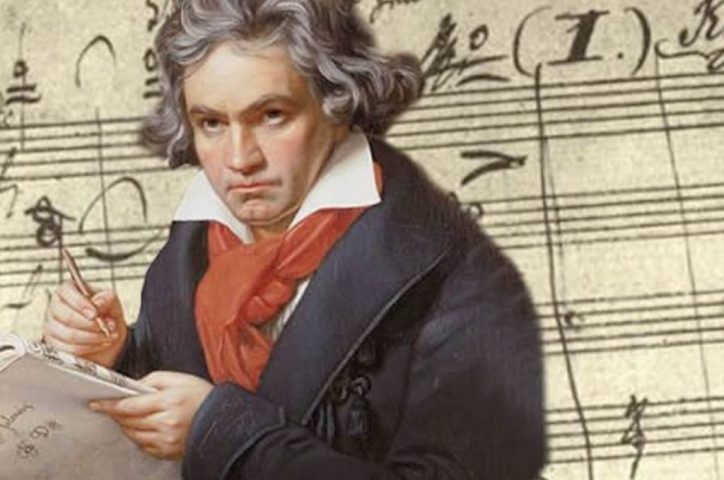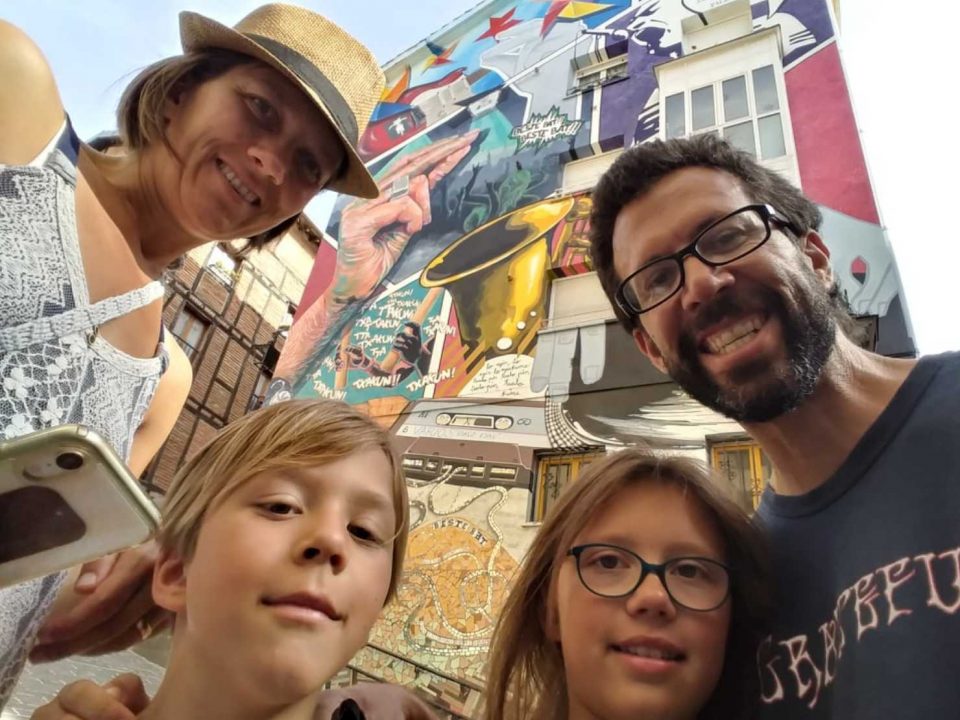
The Bus Came By and I Got On
June 3, 2016
Popular Consumption: Consumption be done about it?
June 7, 2016Now that we’ve gotten through the obstacle course of licensing and purchasing—in that order—a vehicle, we are graduating to the next level of bureaucratic combat. It has come time to find a way to keep our daughter out of school in spite of Germany’s very strictly enforced policy of mandatory schooling. One way or another, even if we have to flee the country, we will not be enrolling her in school. Not this year at least. And eventually, we plan to flee the country anyway.
We’ll try and keep you posted on our entanglements with the department of education, but in the meantime, on a more positive note, we are all basking in the joys of home schooling. In addition to processing the constant onslaught of new experiences—places, faces, customs and conventions—we try to spend about 30 minutes a day on some sort of “homework” (for lack of a better word) that requires her to engage, and more importantly, to concentrate on some kind of edifying activity. These activities range from reading or writing, to working in one of her coloring books, or even playing on the iPad.
We’ve been surprised and delighted to discover a tremendous variety of games and apps that are not only parent-approved for their educational value, but also child-tested for the critical fun factor. Some of our favorite apps are from Meine Freundin Conni, a German character whose stories Millie was already familiar with. In German of course, Conni’s games and exercises help kids hone their reading, writing and arithmetic. The levels of difficulty vary pretty widely, and with Millie’s help, 3-year-old Max can even join in on the fun as he learns to recognize his letters and numbers.
Sometimes it can be a challenge to get a kid to listen to an adult explain a simple principle of mathematics. But hand them a tablet with flashing lights and moving numbers, and suddenly the child is mesmerized, mastering the fundamentals of addition, subtraction and multiplication. We also have an assortment of Montessori-inspired apps (in English) that use the same ideas to make learning fun. Lately both kids have been engrossed in a few different games that use shape recognition and name repetition to teach world geography.
This afternoon, Millie picked up her lego airplane and said she was flying from China to Algeria. A little later her grandpa pointed to a world map on Millie’s placemat and asked her to show him where we are, and where we used to live. She identified both Germany and California with consummate ease. Contrary to what we may have led the German school board to believe, our daughter seems not to be such an ignoramus after all.
My favorite portion of our home curriculum at the moment is probably the musical component. Thanks to my parents, especially my dad, I grew up listening to a lot of classical music, which I slowly came to appreciate. I always get a kick out of tuning in the classical station on the radio and trying to identify the composer of whatever piece of music that’s playing. It’s a pretty difficult game, but at least I can usually make a well educated guess.
A couple weeks ago we drove to Eisenach, about half an hour from where we’re staying in Gotha, and visited the house where J.S. Bach was born. So we’ve decide to begin Millie’s musical education by training her to hear the difference between Bach and Beethoven, two of the all-time greats, both from Germany. Distinguishing the elegant complexities of Bach from the dramatic vicissitudes of Beethoven, is surely one of the easier distinctions to make in classical music, probably even easier than knowing a renaissance madrigal from a Wagnerian opera. It’s not the easiest thing for a 6-year-old, but it’s not rocket surgery.
All it really requires is an ounce of concentration and some willingness to listen—a skill we are especially keen to see her improve. So each day we try and and listen to at least a half hour of music, mostly just in the background, and talk about the sounds and the feelings they evoke. So long as she doesn’t confuse Beethoven with Monteverdi or mistake Dvorak for Bach, but I’ll feel like we’re already well beyond that basic stage. She’s already demonstrated a facile ability to hear the difference between the Romantic and the Baroque, expressing a small preference for the baroque. Max, on the other hand, seems to prefer the French Impressionist school, based on his reaction to some Debussy that came on the radio this afternoon, so we might try delving into that next.
The two best things about homeschooling are listening to the child, and sharing with her our own passions and interests. Every day presents its own opportunities to learn and to teach. Some days we write stories together, sometimes she goes bird watching with mom, and some days she asks so many questions that the curriculum just writes itself. Last night we lay in bed talking about transitive and intransitive verbs, and then she fell asleep listening to me explain why it’s more fun to do the hard things than the easy things. Another important lesson as we blaze our uncharted trail across the continent.
For more informative and entertaining stories about our WorkAway experience, be sure to check out our articles on WWOOFing with Children and New Education: A year without a principal.






2 Comments
You are spending your time well and wisely, just as I have suspected. Particularly enjoyed your music guidance on not mistaking Dvorak for Bach. Lessons are found everywhere for all of us. You provide the path to engagement so well. Carry on.
[…] what you’d call traditional. Same goes for the education of our offspring. We’ve dabbled in home schooling, we’ve experimented with un-schooling, but for the sake of cultural immersion and rapid […]